Nuts have one heck of a reputation in the health world. They’re crunchy, packed with good fats, and make you feel like you’re doing something right every time you toss a handful into your mouth.
But here’s the nutty truth: not all nuts are created equal. Some are total powerhouses, keeping you full, energized, and glowing from the inside out. Others? Well, they’re sneakily high in calories, salt, sugar, or just… kinda overrated.
Whether you’re trying to slim down, eat cleaner, or just make better snack choices that won’t come back to haunt you by dinner, it helps to know which nuts are actually working with you, and which are secretly sabotaging your goals.
1. Macadamia Nuts

Imagine biting into a little buttery pillow of richness—that’s a macadamia nut. But here’s the deal: those innocent-looking bites pack serious calorie heat. We’re talking nearly 200 calories and 21 grams of fat in just one ounce!
Sure, they’re luxurious and great for fancy cookies or chocolate-covered trail mixes, but if you’re popping them like popcorn during your afternoon slump, your waistband might start to notice. They’re not “bad,” but they’re definitely not your everyday nut unless you’ve got Olympic swimmer-level calorie burn.
Think of them more like a fancy dessert than a staple snack—enjoy in moderation and savor slowly. Or better yet, trade them out for something just as crunchy, but with more protein and fewer regrets.
2. Pecans
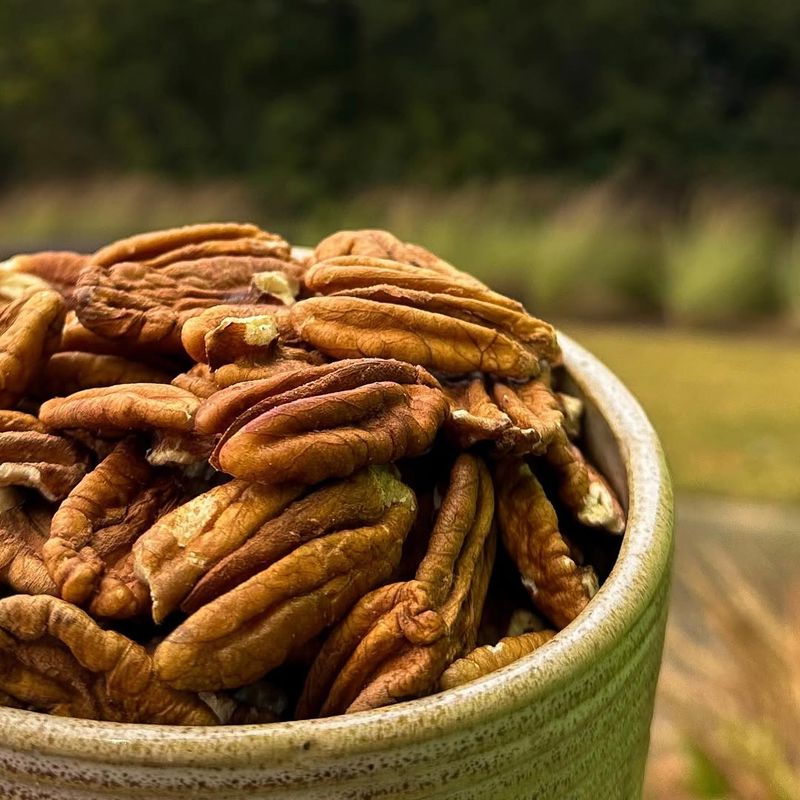
The flavor is pure southern charm—sweet, rich, and nutty. But nutritionally? Pecans are more of a passive player in the snack world.
They’re shockingly low in protein and almost entirely made up of fat, even if it’s the “good kind.” They don’t give you that same staying power as other nuts, meaning you’ll probably be hungry again in 20 minutes.
Add sugar or syrup, and you’re basically eating candied fat. Not ideal if you’re aiming to stay full, energized, or keep your blood sugar happy. Don’t get us wrong—they have their place (hello, pecan pie!), but if you’re treating them like almonds, your snack game might need a tune-up.
Save pecans for the holidays or sprinkle them sparingly on your oatmeal, but for daily munching? Let’s reach for something heartier.
3. Salted or Flavored Almonds
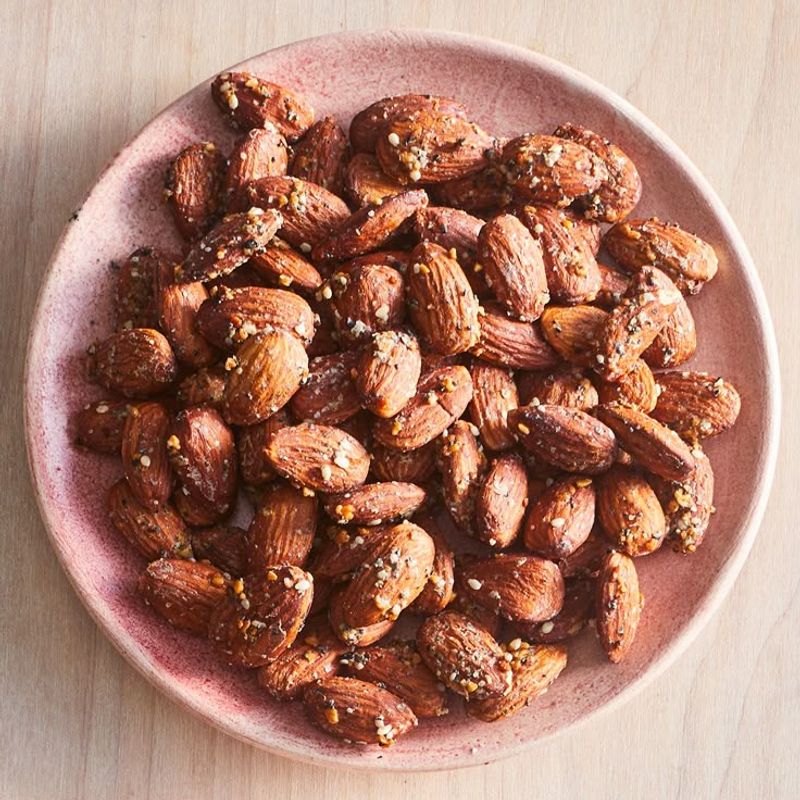
What starts as a healthy habit can take a salty turn—literally. Almonds are the poster child for clean snacking, but once they’ve been dunked in smoky BBQ seasoning or doused in ranch powder, they’re more junk food than superfood.
And don’t even get us started on sodium. A small handful of these flavored versions can deliver over 200 milligrams of salt—yikes. That’s a recipe for bloating, thirst, and potential blood pressure drama. Plus, those added flavorings often come with preservatives, MSG, or sneaky sugars.
You think you’re being virtuous, but your body’s reading it like a processed snack attack. If you love almonds (and who doesn’t?), go for the raw or dry-roasted versions. Your taste buds might rebel at first, but your heart and kidneys will send thank-you notes.
4. Candied Walnuts

They’re like little sugary grenades dressed up as health food. Walnuts themselves are packed with omega-3s and brain-loving fats—but once they’re coated in a glossy layer of caramelized sugar, it’s basically dessert in disguise.
One serving can rival a candy bar in terms of sugar content, and let’s be honest: no one stops at just a few. They’re addictive, which is exactly what the sugar wants. You start snacking with good intentions, but next thing you know, you’re six spoonfuls deep into a salad that tastes like pecan pie.
If you’re craving crunch with a hint of sweetness, try toasting plain walnuts and tossing them with a tiny dash of cinnamon. You’ll still get the cozy flavor—without needing a dentist appointment or a nap.
5. Brazil Nuts (in excess)
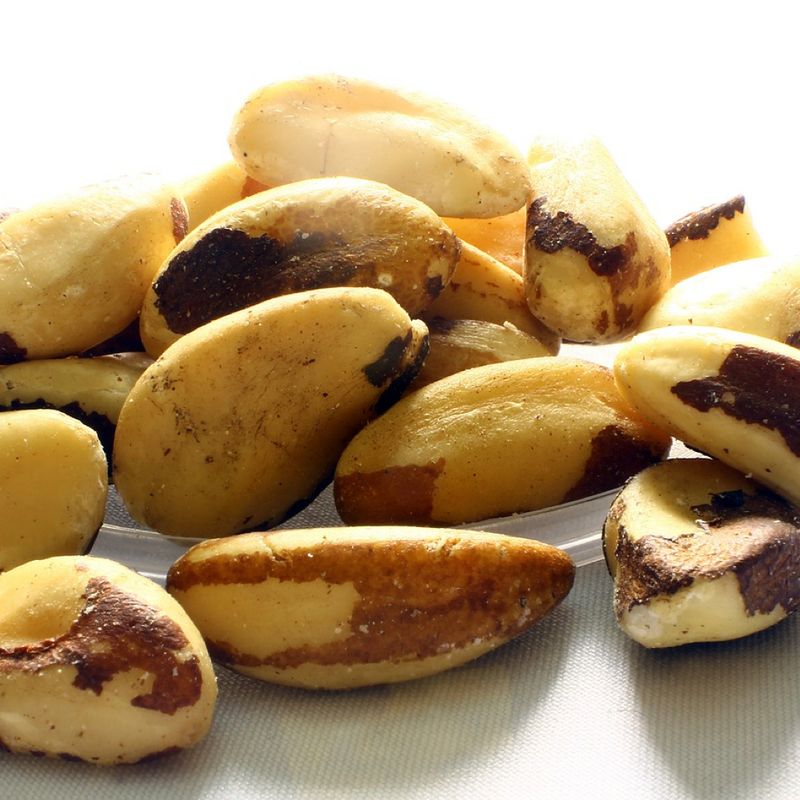
These jumbo nuts are like the multivitamin of the nut world—super rich in selenium, a powerful antioxidant that supports thyroid health and immune function. Sounds great, right? But here’s the catch: eating more than two or three Brazil nuts a day can tip you into selenium overload territory.
We’re talking potential side effects like brittle nails, hair loss, garlic breath (yes, really), and even nerve issues. They’re nutrient-dense to the extreme, and that’s both their superpower and their downfall. If you love them, treat them like a supplement, not a snack.
Think “one and done,” not “handful and happy.” They’re best stored in small jars, far away from your usual trail mix lineup.
6. Cashews (roasted and salted)
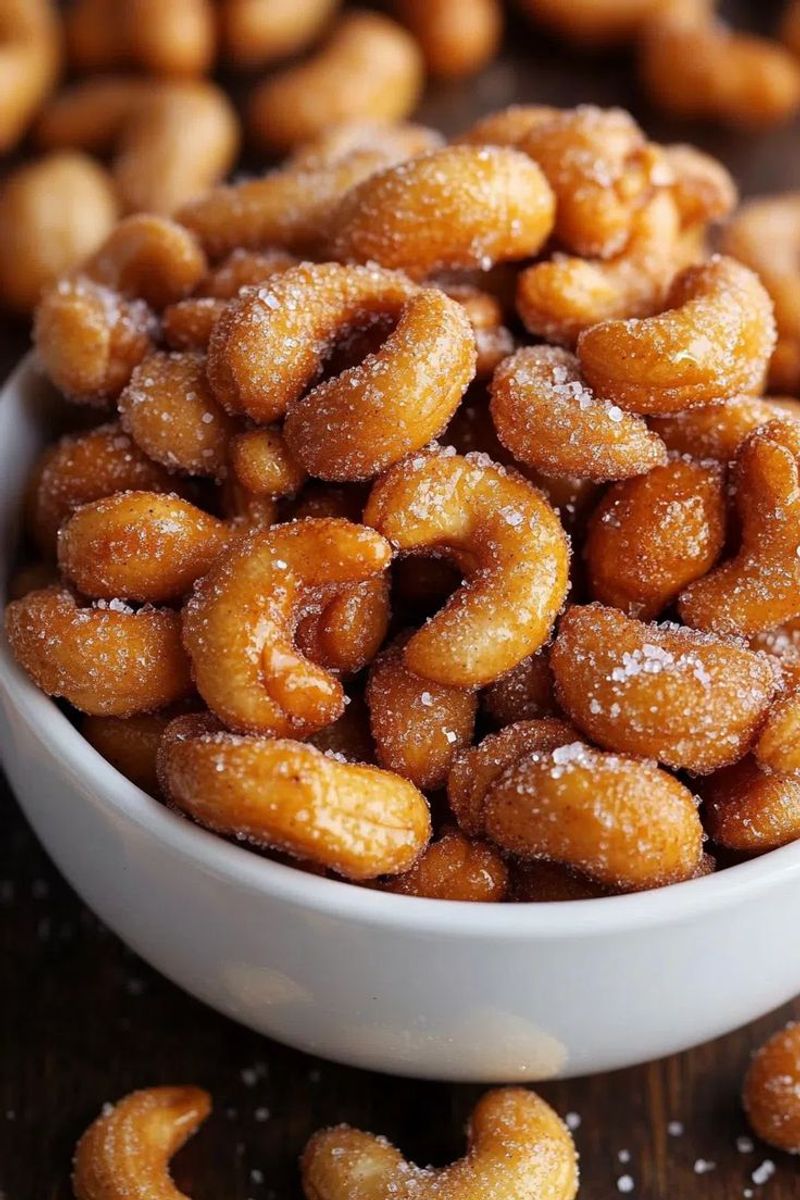
Cashews are like the cool kid of the nut world—creamy, buttery, and super snackable. But their roasted and salted versions? Trouble in a tasty disguise.
That golden crunch comes from oil roasting, which ramps up the calorie count, and then there’s the salt… oh, the salt. A single ounce can carry hundreds of milligrams of sodium, turning this innocent snack into a silent saboteur of your hydration and heart health.
They’re also lower in fiber and protein than other nuts, so they don’t keep you full for long. If you’re team cashew, try raw or lightly dry-roasted versions with no added salt. They still deliver that rich flavor—just without the sodium sucker punch.
7. Chestnuts (for weight loss diets)
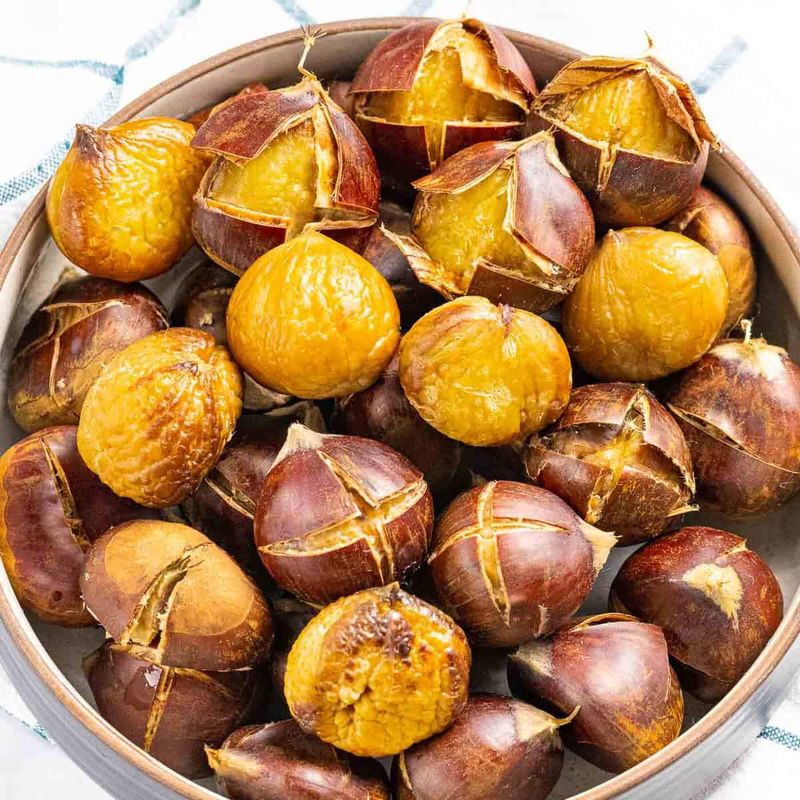
Let’s clear something up: chestnuts are kind of the outliers in the nut world. They’re starchy, soft when cooked, and way lower in fat than most of their nutty cousins.
Sounds good—unless you’re on a low-carb or keto diet. In that case, chestnuts are more potato than peanut. They’ve got around 15 grams of carbs per ounce, making them more of a sweet, seasonal treat than a protein-rich powerhouse.
They’re lovely roasted by the fire or puréed into a creamy soup, but don’t confuse them with energy-sustaining snacks. If you’re aiming for something that’ll tide you over between meals or support your weight loss goals, chestnuts might leave you feeling… chest-not-so-full.
8. Pine Nuts
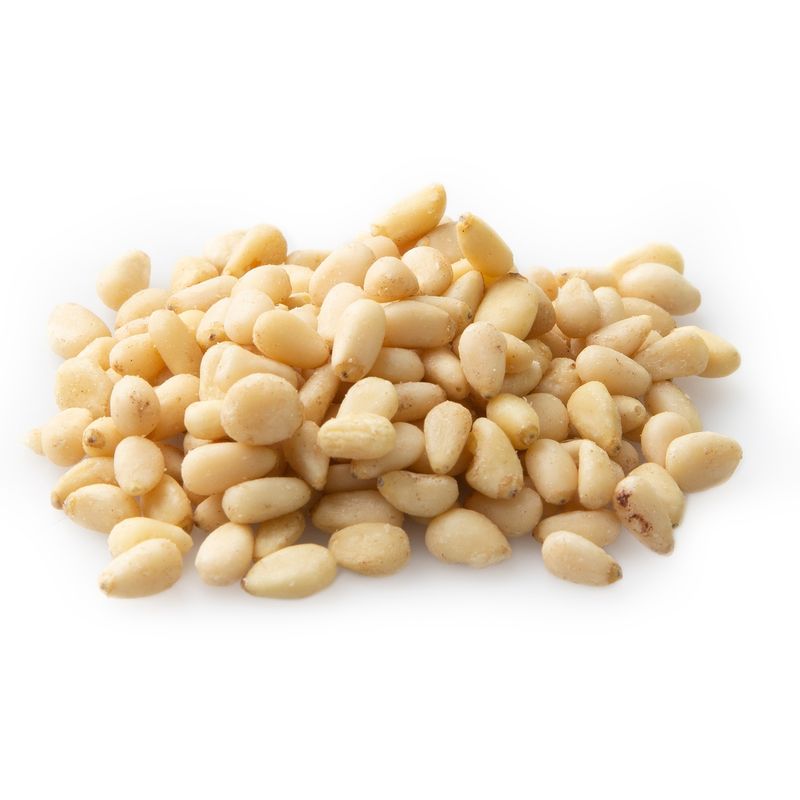
These tiny tear-shaped seeds are a favorite in pesto and gourmet salads—but they come with a few hidden downsides.
First, they’re ridiculously expensive, which makes snacking on them feel like eating gold flakes. Second, there’s the weird and rare phenomenon known as “pine mouth,” where everything tastes metallic for days after eating them. Not fun.
And third, they’re surprisingly high in calories—one little ounce can clock in at nearly 200 calories. They’re great as a garnish or blended into dressings, but if you’re using them as a go-to snack? You might want to pump the brakes and pick something a little more budget- and taste-bud-friendly.
1. Raw Almonds
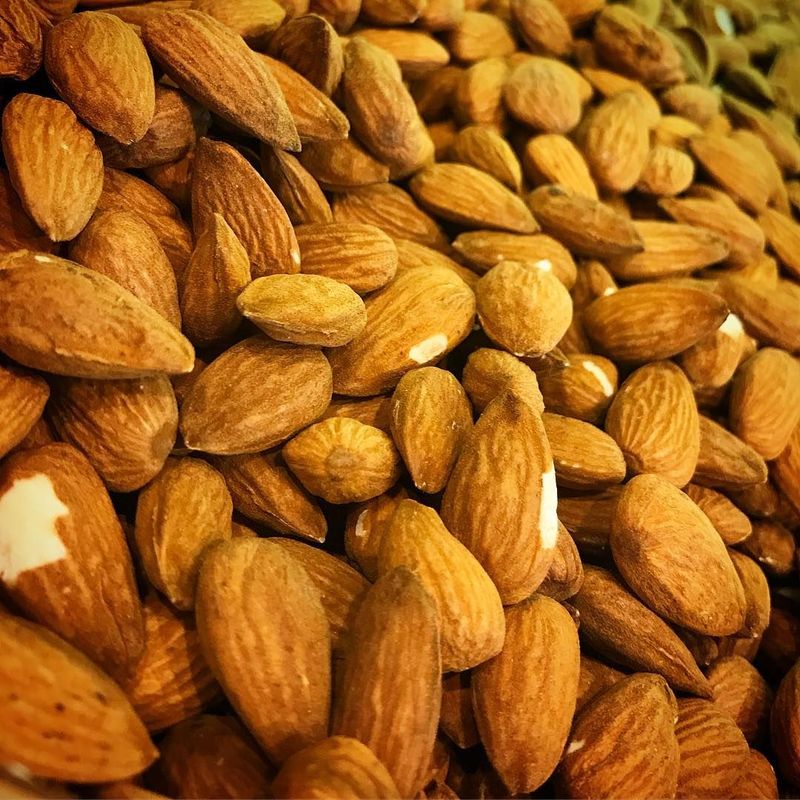
Crunchy, clean, and incredibly satisfying—almonds are the MVP of nut snacks. When eaten raw or dry-roasted (with no added salt), they’re a powerhouse of vitamin E, fiber, and protein. Just a handful can keep you full for hours, making them a solid pick for curbing cravings.
Plus, they’ve got a subtle, versatile flavor that plays nicely with everything from smoothies to salads. Unlike their salty, flavored cousins, raw almonds won’t leave you chugging water or sneaking extra calories from added oils.
They’re the kind of snack that feels indulgent but is actually doing your body all sorts of favors—from glowing skin to heart health. Pro tip: soak them overnight for a softer texture and easier digestion. Almonds are proof that sometimes, simple really is best.
2. Walnuts (plain)
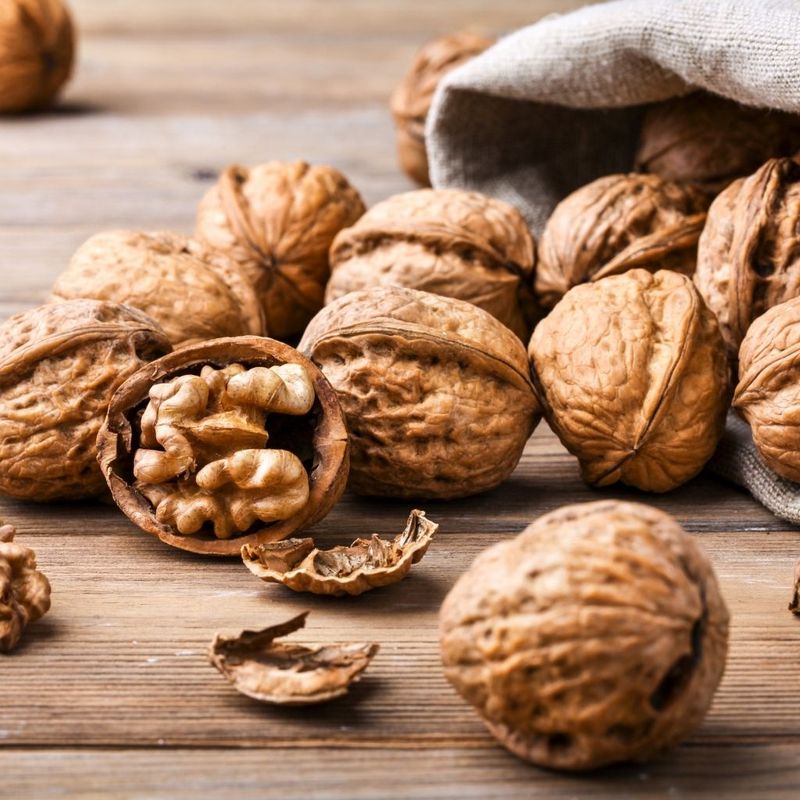
These brain-shaped beauties are basically nature’s omega-3 capsules. Walnuts are loaded with alpha-linolenic acid, a plant-based fatty acid that’s been linked to better brain function and lower inflammation.
They’re also one of the few nuts with notable antioxidant content, giving your cells a protective boost. Plain walnuts have a slightly bitter edge, but that’s just the good stuff talking—no sugar coating needed (literally).
Keep them in the fridge to prevent the healthy oils from going rancid, and toss them in oatmeal, yogurt, or eat ‘em by the handful. They may not be the flashiest nut at the party, but they’re one of the smartest choices you can make.
3. Pistachios (in-shell)

Peeling open those little green gems might seem tedious at first, but that’s kind of the point. Pistachios in the shell are a built-in portion control system.
You have to work for your snack, which slows you down and gives your brain time to register fullness before you’ve inhaled 400 calories. They’re one of the lowest-calorie nuts per ounce and still manage to pack in fiber, protein, and heart-healthy fats.
Plus, they’re just plain fun to eat. Bonus? The satisfying pile of empty shells gives you that “look what I’ve done” moment—like a nutty little trophy case. Go for the unsalted variety to keep things extra clean, and you’ve got a snack that’s crunchy, colorful, and guilt-free.
4. Hazelnuts
These don’t just belong in your favorite chocolate spread—they’ve got a seriously classy health profile too. Hazelnuts are rich in monounsaturated fats (the good kind), and they’re loaded with antioxidants that help your cells fight the daily grind of stress and aging.
They’ve also got vitamin E for skin health, magnesium for muscle recovery, and a smooth, nutty flavor that pairs perfectly with both sweet and savory dishes.
Sure, you might associate them with indulgent desserts, but when eaten raw or lightly roasted, hazelnuts are a wholesome, satisfying snack all on their own. Try chopping them into your morning granola or sprinkling them over roasted veggies for a gourmet crunch.
5. Pecans (raw, in small amounts)
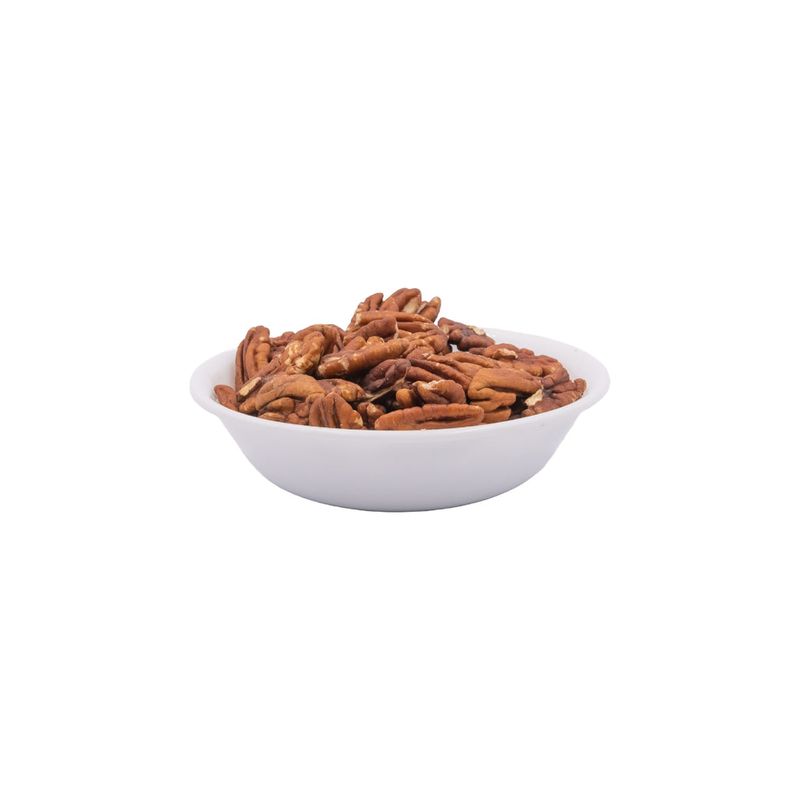
Wait—weren’t these on the naughty list? Yes… but context is everything. When pecans are raw and eaten in small doses (think a tablespoon, not a bowl), they can be a flavorful addition to your healthy routine.
They’re rich in antioxidants, good fats, and have a mellow sweetness that feels indulgent without the sugar. The key is portion control. Because they’re high in fat and low in protein, they’re best used as a topping or complement, not a standalone snack.
Sprinkle a few over Greek yogurt, oatmeal, or roasted squash. They’ll add depth and richness without overdoing it. Sometimes, you just need a little taste of buttery bliss—and that’s when raw pecans shine.
14. Peanuts
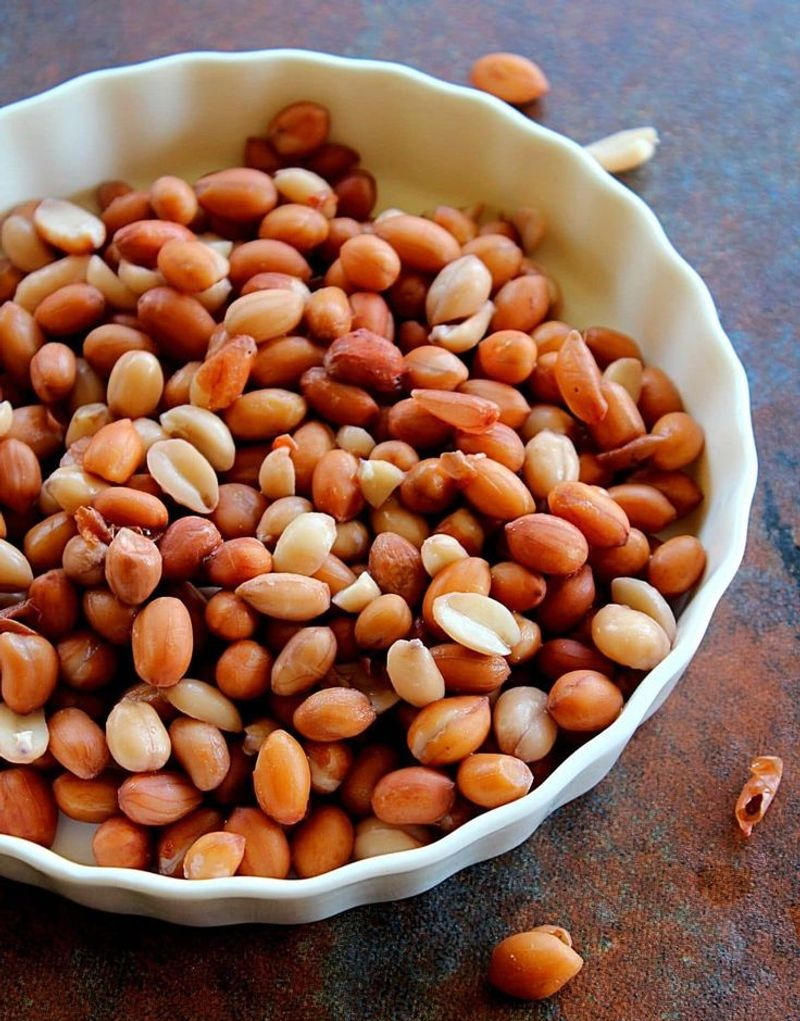
Okay, so they’re not technically a nut. But peanuts still deserve a seat at the healthy snack table. They’re packed with protein, heart-healthy fats, and fiber—aka the trifecta for keeping you full and fueled.
And they’re affordable, which means you don’t need to take out a second mortgage to eat clean. Stick with unsalted, dry-roasted varieties to dodge the added sodium and oils, and you’ve got a snack that’s both budget- and body-friendly.
Slather some peanut butter on apple slices or celery for a nostalgic, nutrient-rich combo that never gets old. Just keep an eye on your portion sizes—peanuts are easy to overeat (because they’re delicious), and that calorie count can sneak up fast.
15. Tiger Nuts
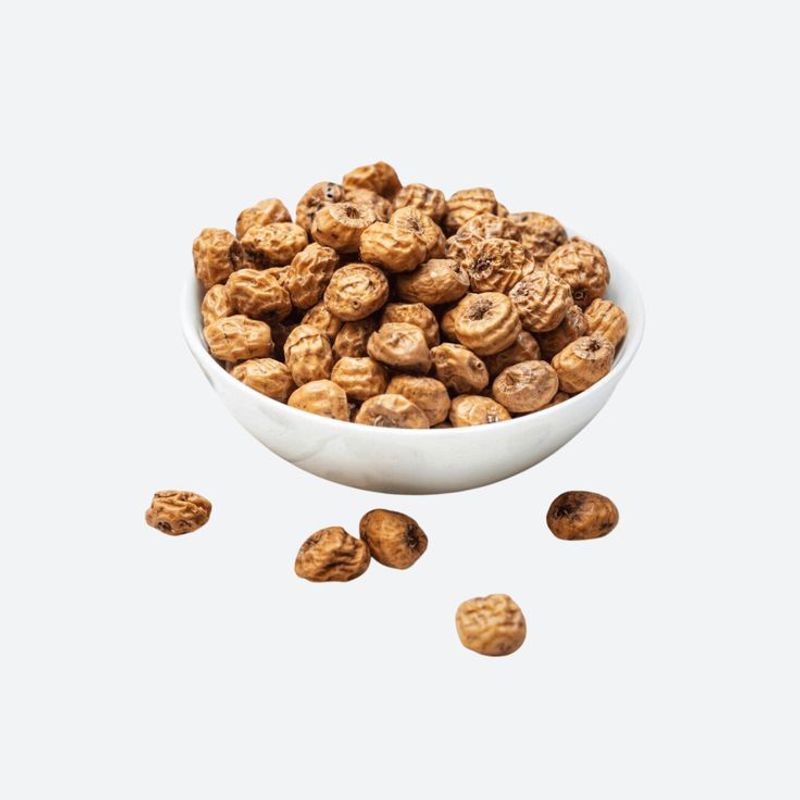
Despite the name, tiger nuts aren’t nuts at all—they’re actually little tubers. But they behave like nuts in snacks and health circles, and their nutrition profile is worth roaring about.
High in fiber, naturally sweet, and low in fat, tiger nuts are a fantastic option if you’re trying to cut down on sugar while still enjoying a satisfying chew. They also support gut health thanks to their resistant starch content, which acts like a prebiotic for your good gut bacteria.
The texture is a little chewy and tough at first, but once you get used to it, it’s oddly addictive. Snack on them solo or use them to make dairy-free milk or flour.
They’re paleo, vegan, and allergy-friendly—and honestly, kind of underrated.

Leave a comment